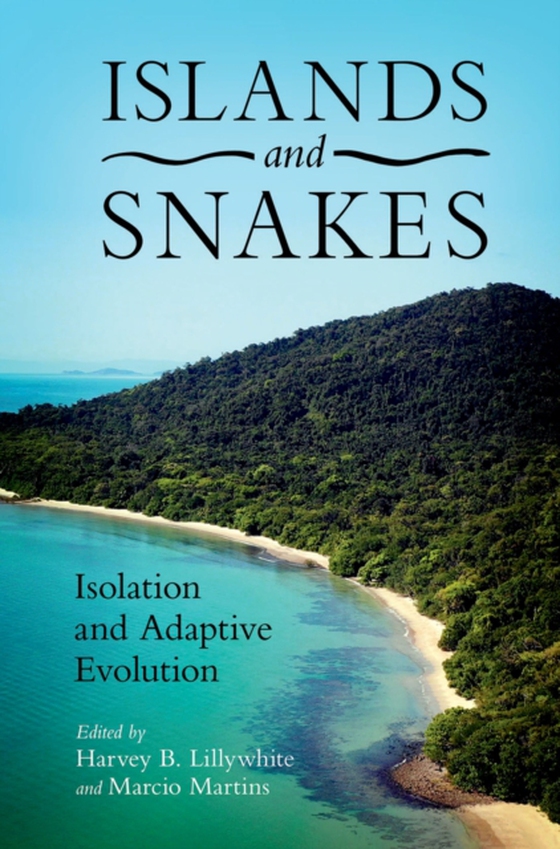
Islands and Snakes e-bog
1021,49 DKK
(inkl. moms 1276,86 DKK)
Islands and Snakes contains 13 chapters describing ecological systems with foci on snakes and their ecological roles on islands around the world. Each chapter is written by one or more authors who is an authority on that particular system. Summaries of research on the various islands are written in a narrative manner that includes science as well as personal insights in easily understood langua...
E-bog
1021,49 DKK
Forlag
Oxford University Press
Udgivet
1 juli 2019
Længde
400 sider
Genrer
PSVS
Sprog
English
Format
pdf
Beskyttelse
LCP
ISBN
9780190676421
Islands and Snakes contains 13 chapters describing ecological systems with foci on snakes and their ecological roles on islands around the world. Each chapter is written by one or more authors who is an authority on that particular system. Summaries of research on the various islands are written in a narrative manner that includes science as well as personal insights in easily understood language. These varied vignettes of science feature islands around the world, and in all cases, fantastic species of snakes and their roles in the community of insular organisms in which they occur. Both challenges and opportunities associated with island life are discussed, as well as the unique attributes of snakes and their conservation as unique and important parts of nature. Chapters include colorful photographs and illustrations, and collectively they convey information on topics that include ecology, behavior, biogeography, physiology, adaptation, and evolutionary biology. An introductory chapter presents a review and perspective on the historical importance of island ecology and how snakes have contributed to our understanding of evolution and adaptation. The other chapters focus on snakes inhabiting islands associated with Asia, Australia, South America, North America, the Caribbean, and Europe. The final chapter features the unique "e;table top islands"e; or tepuis of South America as examples of ecological islands where elements of biota have become isolated by geographic features of landscape similarly to oceanic islands.
 Dansk
Dansk

